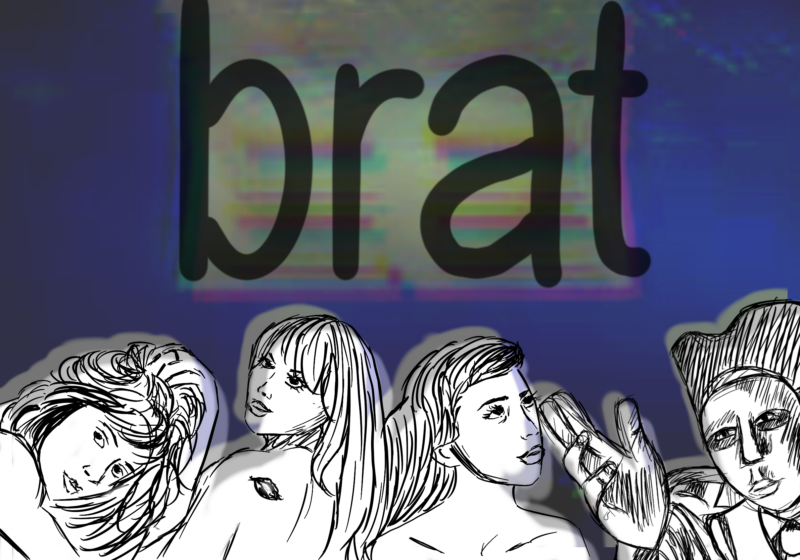Talk to anyone at Eastman or in the Rochester community and odds are that they are familiar with the Eastman School Symphony Orchestra and the Eastman Philharmonia. Ask them about Eastman’s Orchestra of Heavenly Sound, however, and you may get some blank stares.
More commonly known as the Gamelan Lila Muni, the ensemble will conclude the Eastman School of Music World Music Series this Monday night at 8 p.m. in Kilbourn Hall.
Founded about 12 years ago, the Gamelan Lila Muni – directed by musicology professor Ellen Koskoff – is a traditional percussion orchestra made up of gongs, metallophones, drums and flutes from the Indonesian island of Bali. In Bali, gamelans exist in every village and consist of members of the community.
Typically the gamelan performs for the nearly innumerable Hindu religious ceremonies, but lately the ensembles have developed a more secular repertoire that exists mainly for performance and entertainment purposes.
The Eastman Gamelan Lila Muni is also made up of members of the community. Comprised of about 37 members, approximately half of the members are students, who come from every discipline. The other half of the group is composed of faculty from Eastman and other colleges, professional musicians and also one engineer.
While it may seem odd that this eclectic group of Americans is performing on the World Music Series that is typically reserved for native performers, every effort has been made to keep the gamelan performances as authentic as possible.
Taught without the aid of notation, gamelan music is learned completely aurally. In Balinese gamelan music, the emphasis is on interlocking patterns. Composed in what is technically known as “heterophonic stratification structure,” gamelan music is made up of intricate and syncopated lines or rhythm patterns, called “kotekan.”
As an ostinato, the cycles are performed in beat patterns that range from 4 beats long to 200 beats long. These gongan – or gong cycles are punctuated by a set of four gongs – indicate to the performers where they are in the music.
Since there is no conductor, the gamelan strives to achieve a supernatural ensemble cohesiveness referred to as “laya.”
Ensemble member Zach Wider says the missing conductor brings the ensemble closer together.
“Because everything is learned aurally and the drummer is the closest thing to a conductor, you really have to listen to each other,” Wider said.
Thus gamelan teaches its members not only to trust each other but also their own ears – a skill that is just as valuable in Western music.
Though every effort is made to keep Gamelan Lila Muni as authentic as possible, occasionally some Western culture does creep in. Every other year, the ensemble sponsors a competition for a new gamelan composition that in some way combines the idioms of gamelan and Western music.
Ensemble member Jennifer Fontana Graham composed this year’s piece. “Until Spring” is composed for gamelan, electric guitars and strings, and will be performed on Monday’s concert.
Having performed with Bobby McFerrin and the Paul Winter Consort, Gamelan Lila Muni is one of the most respected groups of its kind. Monday night’s concert will also feature performances by the Eastman Youth Gamelan – the only ensemble of its kind – and guest Indonesian dancer Ni Luh Kadek Kusuma Dewi.
Teachers Clay Greenberg and visiting Professor of Gamelan I Nyoman Suadin will also conduct a brief demonstration. Gamelan has been part of Eastern society for generations. If you’ve been missing out, now’s as good a time as ever to discover what it’s all about.
Haynes can be reached at ahaynes@campustimes.org.


